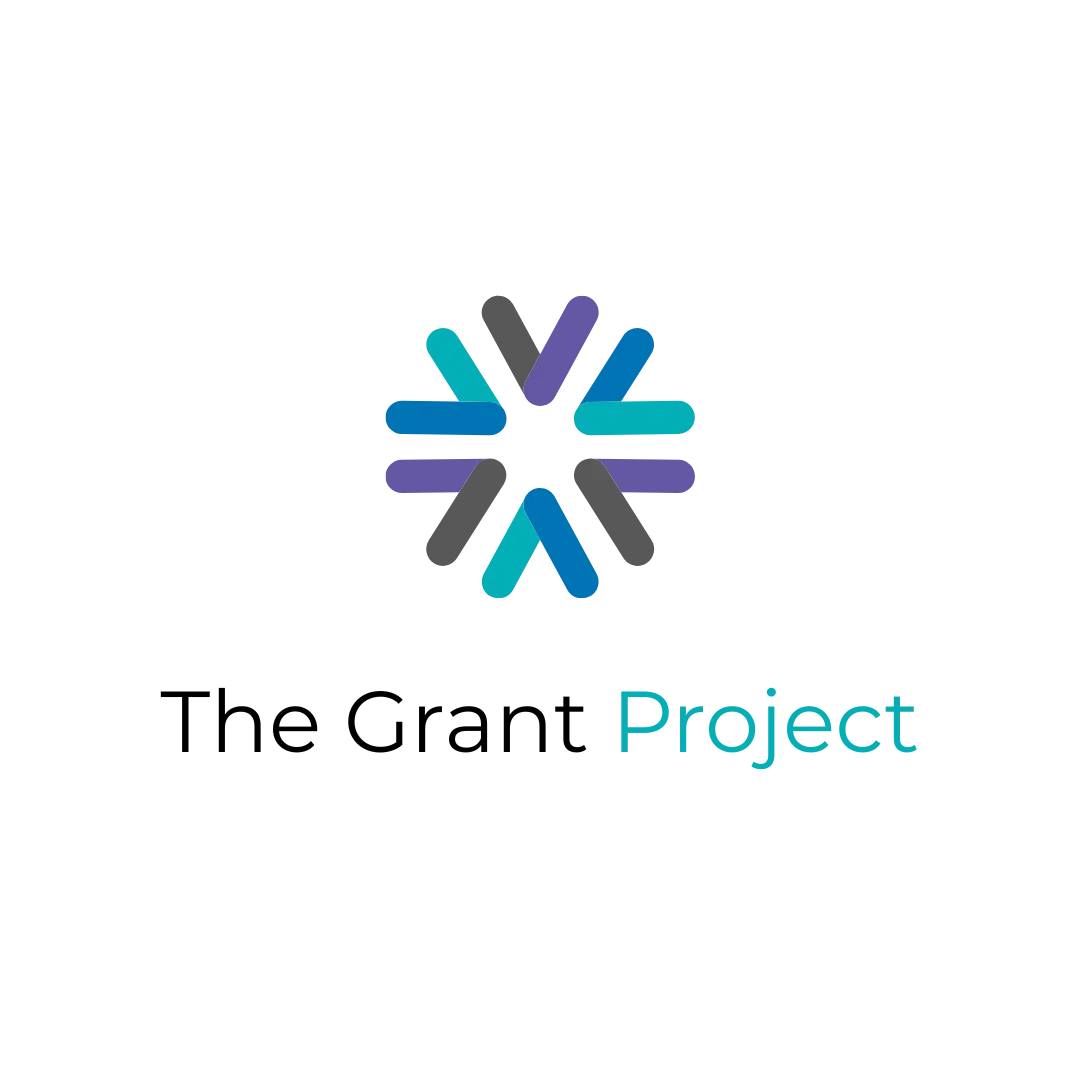
Understanding NICRAs for Federal Funding
Federal funding can be a game-changer for nonprofit organizations, local governments, and contractors working on programs with impactful missions. However, managing and recovering costs effectively is often one of the trickiest aspects of working with federal funding. This is where a Negotiated Indirect Cost Rate Agreement (NICRA) can make all the difference.
A NICRA not only provides a formal structure for how indirect costs are recovered but also ensures transparency and sustainability for organizations working on federally funded projects. Whether you’re a grant manager, nonprofit professional, or funding recipient, understanding NICRAs is essential to managing funds effectively, remaining competitive, and ensuring operational stability.
Read on as we explore what NICRAs are, why they’re important, their benefits, and how you can get started with one.
What Is a NICRA?
At its core, a NICRA is a formal written agreement negotiated between an organization and its federal cognizant or oversight agency. It defines the indirect cost rate that the organization can use to allocate and recover overhead, or indirect, expenses from federally funded projects. This pre-negotiated rate allows for fairness, sustainability, and a clear pathway to cost recovery, ensuring organizations can continue to deliver value through their programs.
Understanding Indirect Costs
Indirect costs are those expenses that may not tie directly to a single project but are crucial for the overall functioning of your organization. These might include:
Administrative Salaries: Staff involved in operations or finance rather than program-specific work.
Facility Maintenance: Rent, repairs, and general upkeep of office space.
Utilities: Basic services like electricity, water, and telecommunications.
Depreciation: Costs related to long-term assets, such as equipment or buildings.
These costs are often overlooked during budget preparation, yet they’re the foundation of your ability to operate efficiently. A NICRA ensures these essential overhead expenses are properly accounted for and reimbursed.
Why Are Indirect Costs Important?
Without covering indirect costs, even the most impactful programs can struggle financially. Direct project costs (such as materials or program-specific hires) may seem like the focus of grant funding, but without appropriate support for indirect costs like rent or IT services, you risk operational instability.
A NICRA ensures you recover these core costs, enabling your organization to:
Maintain financial health,
Support critical infrastructure, and
Focus resources on delivering your mission.
Benefits of Having a NICRA
For organizations engaged in federally funded projects, the advantages of having a NICRA are substantial:
Accurate Cost Recovery
A NICRA allows your organization to recover costs proportional to your actual indirect expenses. This protects you from underfunding ongoing operational needs.
Transparency
Federal agencies value accountability in how grant funds are used. A NICRA provides a clear, documented process, ensuring transparency and trust between your organization and the funding agency.
Flexibility
While smaller organizations often default to the standard de minimis rate of 15% for Modified Total Direct Costs (MTDC), a NICRA allows negotiations for a custom rate that better reflects your actual operational needs. For organizations with significant overhead costs, this can mean recovering a much larger share of indirect expenses.
Competitive Advantage
Organizations with a NICRA demonstrate advanced financial management capabilities. This often makes them more competitive when applying for future federal funding by showing their ability to responsibly manage resources.
How to Obtain a NICRA
Wondering how to get started? Securing a NICRA involves close collaboration with your federal cognizant agency and a clear understanding of your organization’s financial systems. Here’s a step-by-step guide:
Prepare Your Financial Documentation—Start by developing a thorough cost allocation plan or an indirect cost proposal. This document should clearly identify which expenses are allowable under federal guidelines and how they’ll be allocated.
Submit Your Proposal —Once complete, submit your indirect cost proposal to your federal cognizant agency. This is usually the funding agency that provides the highest dollar amount of funding to your organization.
Review and Negotiate—The cognizant agency will review your proposal. They may request additional information or revisions during this process, eventually negotiating a mutually agreed-upon indirect cost rate.
Finalize the Agreement—When approved, the NICRA will be documented and signed. With the agreement in place, you can confidently apply your indirect cost rate to all federally funded projects moving forward.
NICRA vs. De Minimis Rate
If your organization is smaller or doesn’t have an established cost allocation system, you may be using the de minimis rate option. This standard rate provides for a 15% recovery of MTDC without needing negotiation or formal documentation.
While the de minimis rate can be a simpler alternative, it doesn’t account for individual organizational structures and may underserve those with higher indirect costs. For many organizations, obtaining a NICRA results in a significantly higher recovery rate, making it the better choice for long-term sustainability.
Why Grant Managers and Professionals Should Understand NICRA
For grant managers and grant professionals, understanding NICRA is critical. A well-negotiated NICRA helps ensure financial sustainability, operational transparency, and accurate allocation of costs. By securing a NICRA, you’re not just managing funds more effectively; you’re also reinforcing your organization’s ability to continue delivering mission-critical work.
Final Thoughts: Managing Costs to Achieve Your Mission
Operating federally funded programs without properly recovering indirect costs is like trying to build a house without a foundation. A NICRA not only ensures that your indirect costs are covered but helps you maintain transparency, financial stability, and mission alignment. For grant managers and grant professionals, mastering NICRA is a step toward more sustainable and impactful operations.
If your organization hasn’t yet obtained a NICRA, now might be the time to start the conversation with your federal cognizant agency! When done correctly, a NICRA is more than just an agreement—it’s a strategic tool to advance your organization’s goals. Have questions about the process or need assistance? Schedule a call today.
Ready to transform your nonprofit or local government's approach to grant funding? Subscribe to The Grant Project Newsletter below for expert insights, funding opportunity alerts, and proven strategies that help communities secure the resources they need to thrive.

